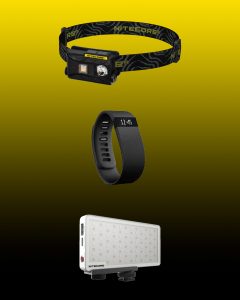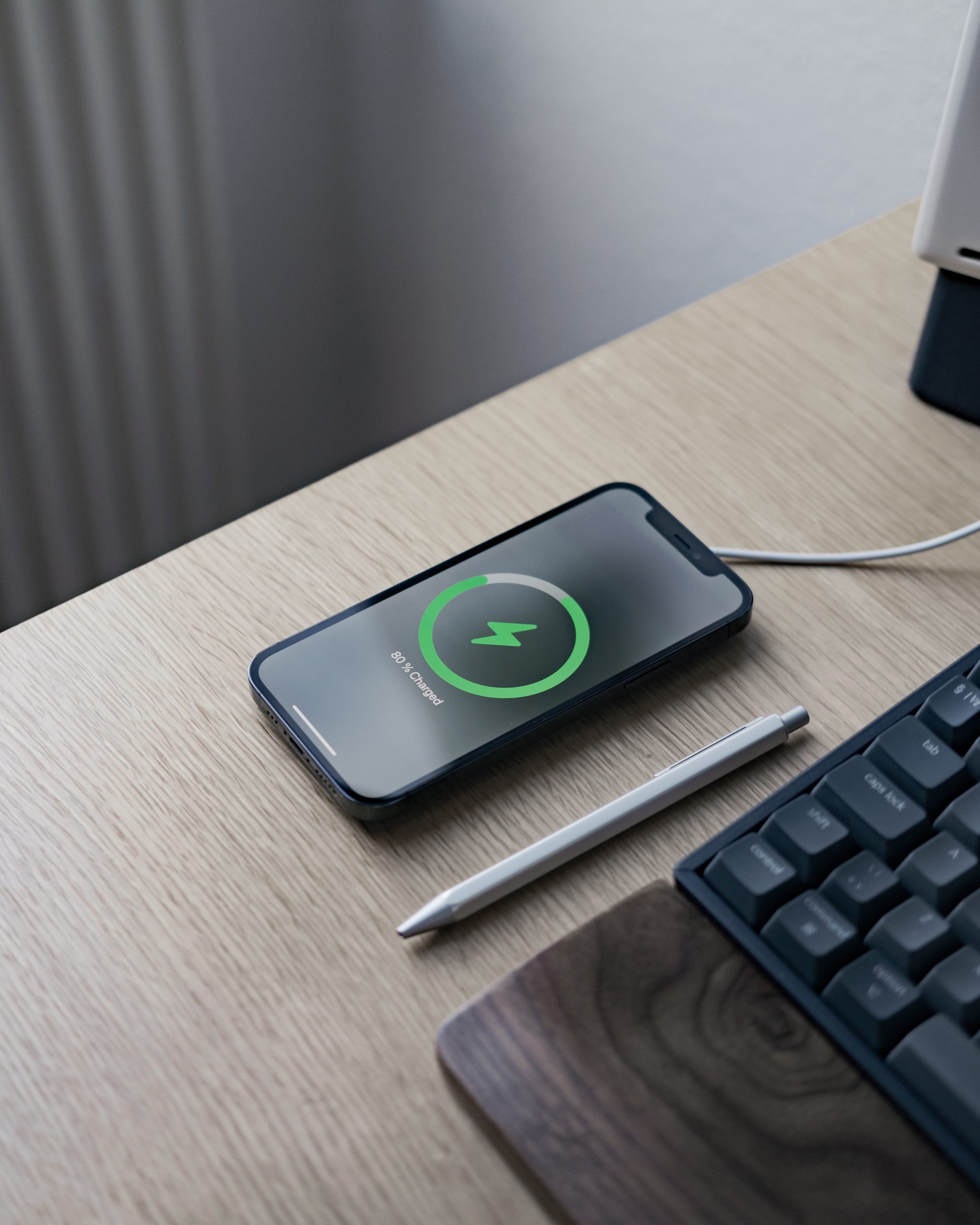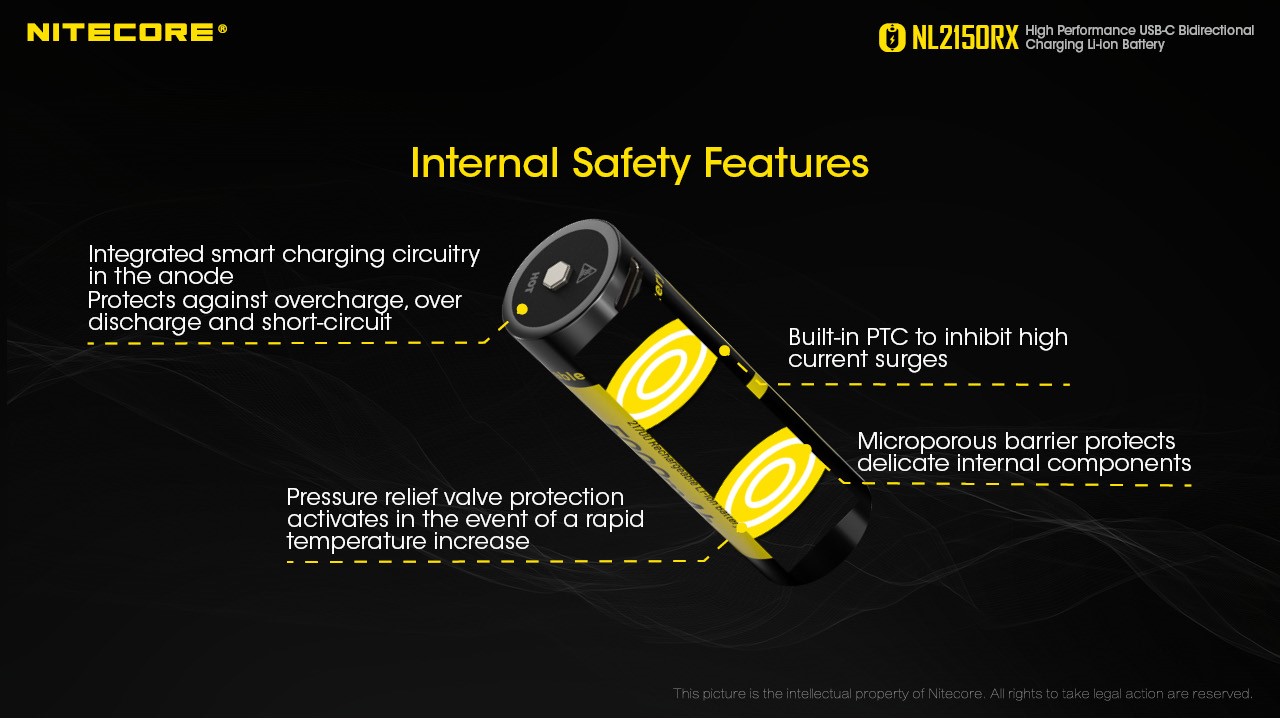Key Takeaways:
- Lithium-ion batteries have a liquid makeup while lithium-polymer uses a gel-like or solid substance
- Li-poly batteries are used in many devices because of their flexible design
- Li-ion batteries can store more energy while Li-poly batteries can charge faster
In our increasingly mobile and energy-dependent world, batteries have become the unsung heroes of our daily lives. Lithium-ion (Li-ion) and lithium polymer (Li-poly) batteries are among the most prevalent battery technologies. These two powerhouses have revolutionized portable electronics, electric vehicles, and renewable energy storage. But what sets them apart? And how were they invented? In this blog, we'll delve into the dissimilarities between lithium-ion batteries and lithium polymer, shedding light on their unique composition, flexibility, performance, and more.
History of Lithium-ion and Lithium-polymer Batteries
Lithium-ion Batteries
While people started experimenting with Lithium-ion batteries in the 1960s, it wasn’t until 1974 that M. Stanley Whittingham made a significant breakthrough. Whittingham decided to use a titanium disulfide cathode and a lithium-aluminum anode which meant that the battery had a high energy density and was rechargeable. However, the materials proved to be challenging to work with and raised many safety concerns. In 1980, John B. Goodenough experimented with using lithium cobalt oxide as the cathode instead of titanium disulfide- this led to double the energy in the battery. Five years later, Akira Yoshino developed a way for the battery to become safer and more stable, making the first Li-ion prototype battery. Through this combination of work, these three men were later given the 2019 Nobel Prize in Chemistry for their work in creating the Li-ion battery. Li-ion batteries are used in products like flashlights, power banks, power tools, and more.
Lithium-polymer Batteries
Li-poly batteries were invented around the same time as lithium-ion and lithium-metal cells were being created. Their big breakthrough was in 1991 when Sony created the first commercial-use Li-poly cell. After that, more people started to experiment with the shapes that Li-poly batteries could come in which is why they are now used in very diverse products like watches, headphones, and more.
What sets them apart?
Composition
Lithium-ion batteries are composed of multiple cylindrical or prismatic cells, each containing a positive electrode (cathode), a negative electrode (anode), and a liquid electrolyte solution. A porous separator is placed between the cathode and the anode to allow the movement of lithium ions during charging and discharging
Lithium-polymer batteries have similar electrode compositions to Li-ion batteries, but the electrode materials are applied in a gel-like or solid polymer matrix. This eliminates the need for a porous separator and enables greater flexibility in the battery's form factor. Additionally, Li-poly batteries use flexible packaging materials, allowing them to conform to various shapes and sizes.
Flexibility
One advantage of lithium-polymer batteries is their flexibility. Unlike the rigid construction of lithium-ion batteries, the polymer electrolyte and flexible packaging materials enable thinner, lighter batteries. This flexibility also facilitates integration into curved or irregularly shaped devices, such as smartwatches and wearable health trackers. Nitecore uses Li-poly batteries in products like the NU25 headlamp and the SCL10 Camera Light/Power Bank.


Performance
Lithium-ion batteries have a higher energy density compared to lithium-polymer batteries. This means they can store more energy per unit of volume or weight, making them ideal for high-capacity applications like electric vehicles and laptops. Nitecore mainly uses Li-ion batteries to power their products such as tactical flashlights, headlamps, power banks, and more. Lithium-polymer batteries have faster charging capabilities, can handle higher charging currents, and exhibit lower self-discharge rates, improving overall efficiency.
Safety
Safety is a paramount consideration in battery technology. While both Lithium-ion and Lithium-polymer batteries are generally safe, they have different safety profiles. Li-poly batteries are inherently more stable due to their solid or gel-like electrolyte, which reduces the risk of leakage or combustion. Additionally, the flexible packaging materials used in Li-poly batteries can provide better mechanical stability, reducing the likelihood of physical damage or puncture.
To ensure safety, Li-ion batteries incorporate built-in protection circuits that monitor temperature, voltage, and current, helping to prevent overcharging, over-discharging, and excessive temperature rise. These protection circuits minimize the risk of thermal runaway and provide an additional layer of safety.
It's important to note that the safety of both types of batteries heavily depends on factors such as proper charging, appropriate usage conditions, avoiding physical damage, and using certified chargers or devices. Regardless of the battery type, following recommended guidelines and best practices for storage, charging, and handling are crucial to ensure safe operation. One way that Nitecore keeps its batteries safe is demonstrated by the NL2150RX battery. The NL2150RX features a built-in pressure relief valve, a high temperature-resistant design, and built-in safeguards to prevent surges. This protects devices from overcharging, over-discharging, as well as short-circuits.

Cost
Lithium-ion batteries have been in commercial production for several decades and have benefited from economies of scale, research advancements, and optimization of manufacturing processes. As a result, the production of Li-ion batteries has become highly efficient and cost-effective. The widespread adoption of Li-ion batteries in various industries, such as consumer electronics and electric vehicles, has further driven down costs due to increased production volumes and competition among manufacturers.
In comparison, Lithium-polymer batteries generally have higher manufacturing costs than lithium-ion batteries. The manufacturing process for Li-poly batteries is more complex and requires additional steps and specialized equipment. These additional complexities in manufacturing contribute to higher production costs for Li-poly batteries compared to Li-ion batteries.
Recap:
While both lithium-ion and lithium-polymer batteries share the same underlying chemistry and offer reliable portable power solutions, they have distinctive characteristics that make them suitable for different applications. Li-ion batteries excel in terms of energy density and cost-effectiveness, making them the go-to choice for electric vehicles and high-capacity devices. On the other hand, Li-poly batteries offer flexibility, enhanced safety, and faster charging capabilities, making them ideal for compact and lightweight devices, wearable technology, and applications that require a more customized form factor.
Want to know more about Li-ion batteries? Check out our other blog here!


Is there more usable power in two 10,000 power banks than one 20,000 power bank?
Hi there Alan! When comparing a single 20,000mAh power bank to two 10,000mAh power banks, the total power capacity remains the same. However, there are indeed pros and cons to consider for each option.For instance, opting for two 10,000mAh power banks means you’ll have more weight to carry, which might not be ideal for solo travelers or those looking to pack light. On the flip side, it’s advantageous when multiple people need to charge their devices simultaneously, making it a more versatile option for group outings or longer trips. On the other hand, choosing a single 20,000mAh power bank offers the advantage of being lighter to carry since it’s a single unit. Plus, it often comes with more USB ports, providing greater flexibility in charging multiple devices at once. However, it’s essential to note that while it offers more convenience in terms of weight and ports, it might take longer to recharge compared to two separate 10,000mAh banks. Ultimately, the decision boils down to your specific needs and preferences—whether you prioritize weight and portability or the convenience of multiple ports and simultaneous charging.